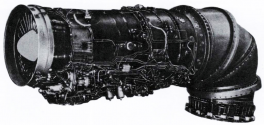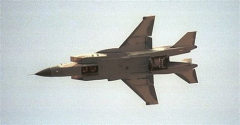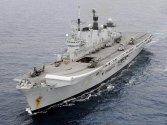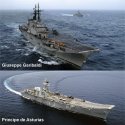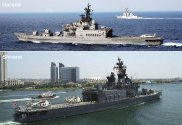And where are these supposedly highly advanced short range air defenses in the US or its allies in the Pacific? Nowhere.
As for MANPADS, helicopters can be designed to be more resilient against MANPADS attacks. I think it is a matter of time until China starts devoting more attention to things like IR stealth and IR jamming. We already see tentative signs of this in the Z-10ME.
What deep strike? F-35B without catapults is highly limited in amount of payload it can carry and range as well. It can do fleet air defense, but it is a ginormous waste of money. Proposed Type 076 LHD with light catapult for drones makes a lot more sense.
Because it makes sense in its theater of operations in the Pacific?
I'm not gonna reply that troll directly so I'll just crib off of yours

Just sharing a perspective on the above
MANPADs vs HELOs
First up, MANPADs, especially uncued MANPADS have issues with engaging very-low NOE flying targets in terms of short engagement windows giving very short target acquisition times leading to no launch and battery/coolant life expiring and making the missile essentially u/s.
You tie it into a IADS and you get a VSHORADS/SHORADS platform which still has a problem. The name itself says it all, "SHORT RANGE" = range ring is very small to small. There is no way you can cover every single sq km with a sufficient density of SHORADS to make it "suicidal" for a heli assault (see antonov airport assault).
The point of a helo assault is not to directly assault the defended objective (ahem

also antonov airport assault) but to land where there is no resistance and then create havoc/move to objective. So unless one can cover every sq km, there will always be gaps in coverage that a helo assault can thread to get to where it can make a difference.
Bottomline, even in supposedly dense MANPAD coverage in Ukraine, helo ops still go on successfully (see Mariupol resupply)
LHA/D and Airpower
The primary operator of LHA/LHD with VSTOL jets is the USMC/USN. The root of this is the MAGTF requirement for organic everything within a MEF. If you don't operate fixed wings off LHAs like the USMC, then you generate your air support from other means - not quite as organic but not the end of either.
For everybody else, it is more nuanced. Limited budget but then also non-peer adversaries? It can make sense but just don't expect a LHA/LHD or even a CVL to have anywhere near proportionate capabilities as a full sized CV.
A LHA/LHD surging x qty of fixed wing VSTOL is the worst. There is no way you can recover the space given up for amphib functions and turn it into surge capacity bunkerage/magazines for sustained air ops. So it is really a glorified lily pad/FARP (which can still be useful) but lets not get carried away that it is anywhere near being a "Carrier". A purpose built CV/CVL will always trump amphib platforms moonlighting as fixed wing carriers
CVL/Lightning carriers too are all well and good but are nowhere near the bang for buck that full CVs provide. Why? Simple lack of ability to operate any of the force multipliers like AEW, tanker, EW platforms (all the things that make a complete strike/fleet defense package).
So please, LHA/LHD/CVL are
NOT cost effective replacements for CV/CVN. There may be a use-case for a LHA/LHD/CVL for some countries but in all likelihood, it could also very likely be a prestige/political decision.
LHD with 20+ helos
Why build a helo carrier indeed?
Because they make a good ASW centerpiece for a non-CBG?
Because they are required for what they are advertised to be, primarily an Amphib Assault platform and the helos are to support that.
Also, because they (LHA/LHD with lotsa lotsa helos) are really really awesome for HADR response and flying the flag in a meaningful, humanitarian way. No other military ship is as single handedly capable in this regard for coastal or archipelagic HADR.
Think about it ...
i) troop quarters that can handle surge of rescue personel or refugees
ii) enlarged medical facilites (for amphib casualties) that can handle refugees
iii) logistics capability to support marines/troops can instead generate water/food for refugees.
iv) built in cargo space and onboard facilities to move HADR supplies and vehicles
v) built in command suite for C3 given civil infrastructure is down
vi) inhouse expertise and means to deliver anything and everything by air/sea where remote communities are cut off.
For an example of the above, see Operation Flying Eagle, Meulaboh, Indonesia. The experience of the above is influencing the JMMS amphib replacement platform for the RSN.
All said and done, platforms come with different capabilities, advantages and trade-offs. It is pointedly ridiculous to criticise any platform in isolation of the requirements, environment, trade-offs and constraints that they operate within.
